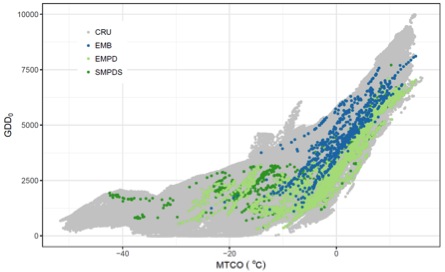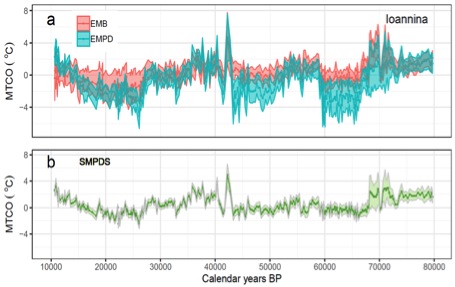Sandy Harrison, Laia Comas Bru, and I went to the EGU in Vienna last week, I for the first time. It’s a huge and impressively wide-ranging conference (and in a very nice city). A great opportunity to understand where the leading edges are in Earth science, to hear from and talk to some of the big names, and discuss all sorts of ideas in front of all sorts of posters, whether directly related to your research or not.
Laia was busy presenting how we can use the SISAL database for climate model evaluation (https://meetingorganizer.copernicus.org/EGU2019/EGU2019-1607-1.pdf) from our paper currently in Climate of the Past Discussions (https://www.clim-past-discuss.net/cp-2019-25/). She also co-convened a session (https://meetingorganizer.copernicus.org/EGU2019/picos/31263) showcasing the challenges and benefits of using such a database, where she also presented a review on the Western European speleothems in SISAL (https://meetingorganizer.copernicus.org/EGU2019/EGU2019-1640-1.pdf).
I presented a poster on work emerging from quantitative reconstructions of climate from pollen in Southern European lake cores using WA-PLS (https://meetingorganizer.copernicus.org/EGU2019/EGU2019-8452.pdf). A key message is that the choice of modern pollen training set defines the climate space represented, so that the training set directly impacts the reconstruction. In the figures, three different training sets give three very different reconstructions. Choose your training set carefully.


